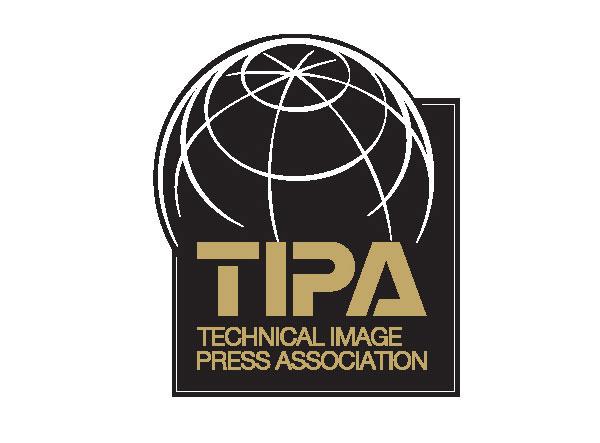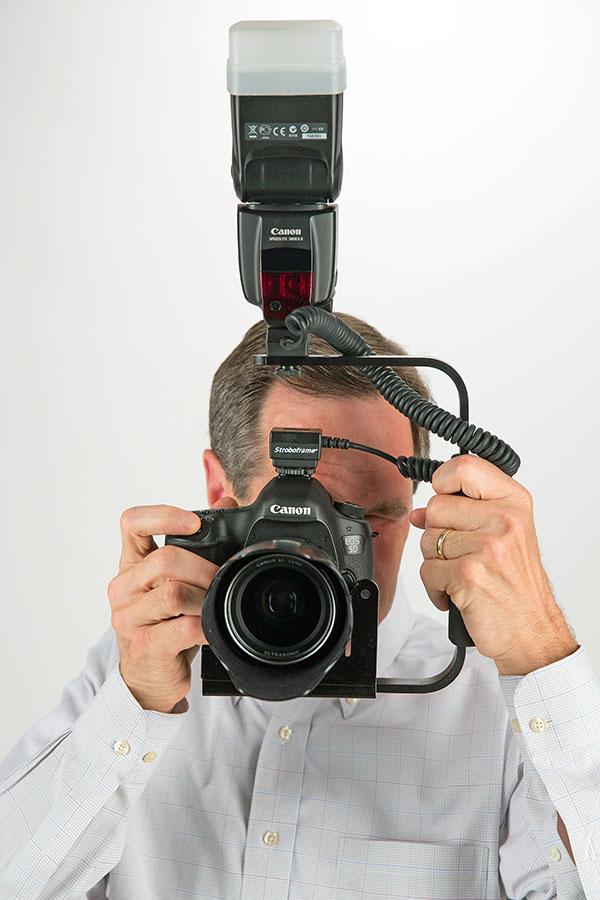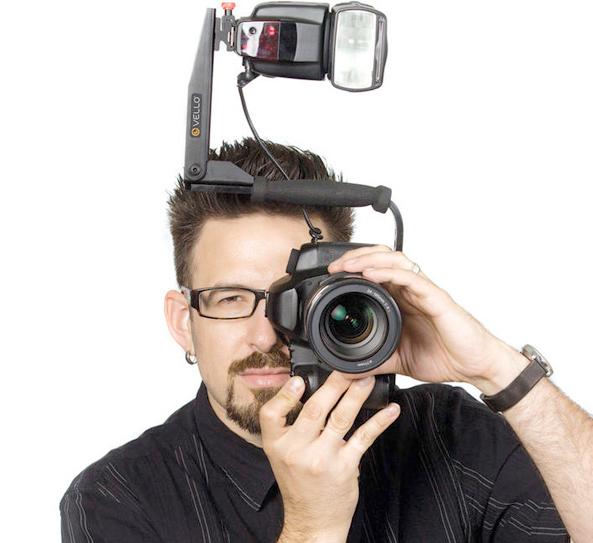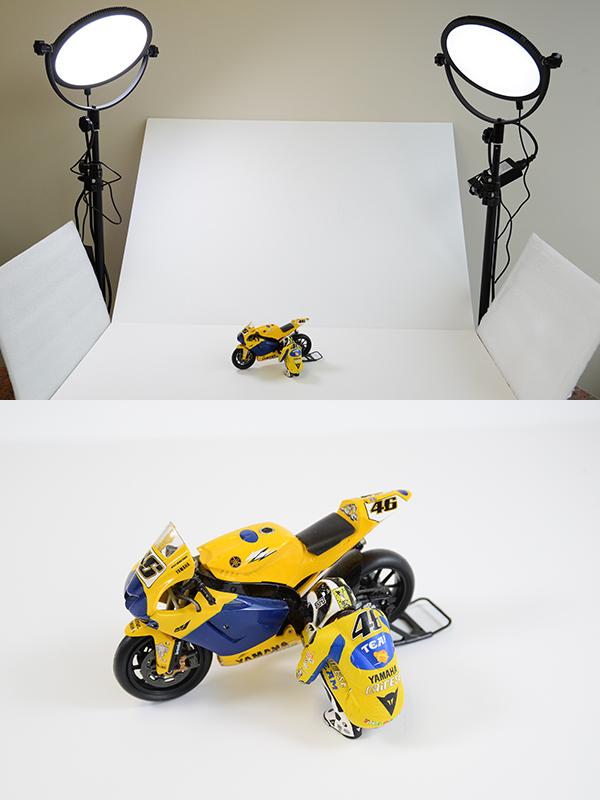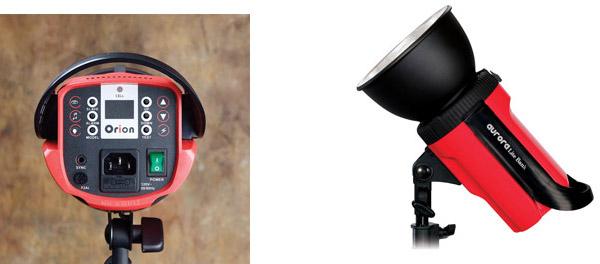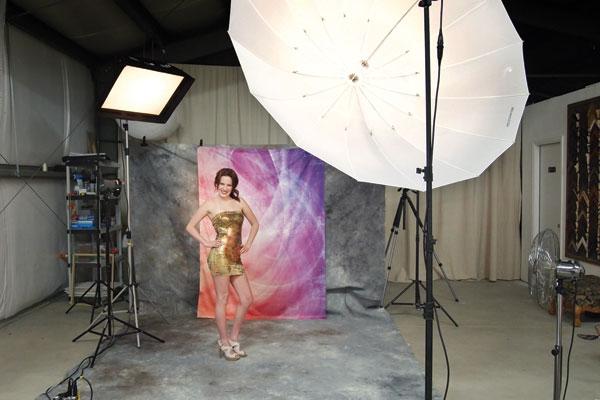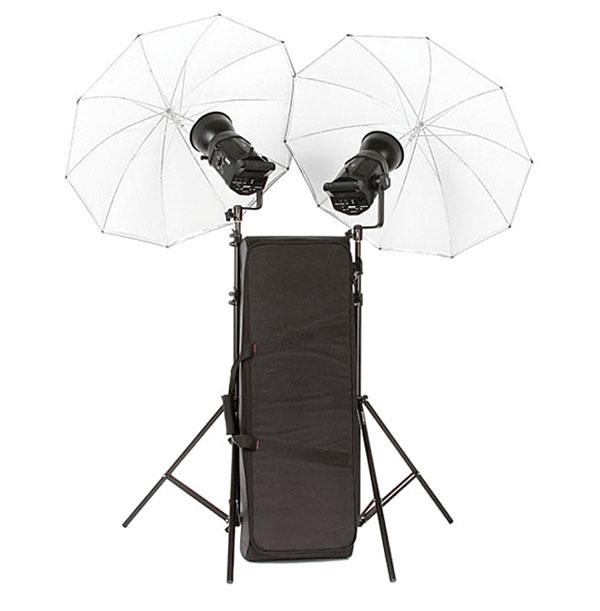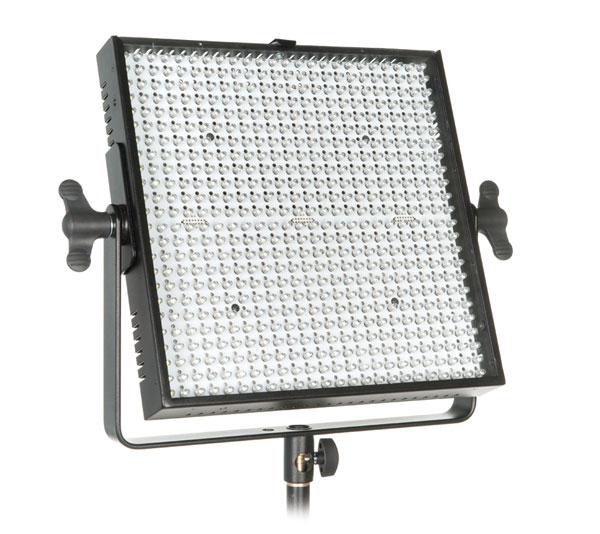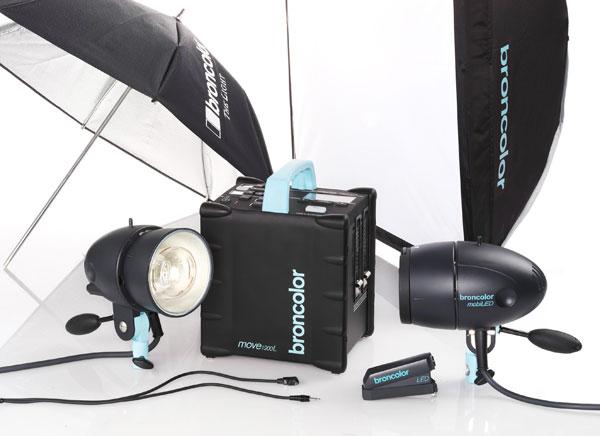Lighting Reviews
Sort By: Post DateTitle Publish Date
Compact Camera NewsCompact Camera ReviewsDSLR NewsDSLR ReviewsLens NewsLens ReviewsLighting NewsLighting ReviewsPhoto Accessory NewsPhoto Accessory ReviewsPhoto Bag NewsPhoto Bag ReviewsPhoto Paper NewsPhoto Paper ReviewsPOV Camera NewsPOV Camera ReviewsPrinter NewsPrinter ReviewsSmartphone NewsSmartphone ReviewsSoftware NewsSoftware ReviewsTripod NewsTripod ReviewsVideo Camera NewsVideo Camera Reviews
|
Jul 20, 2015 |
|
Jul 20, 2015 |
|
Apr 02, 2015 |
|
Oct 01, 2008 |
|
Oct 29, 2013 |
First Published: Sep 01, 2013 |
|
Apr 18, 2012 |
First Published: Mar 01, 2012 |
|
Oct 01, 2009 |
|
Nov 18, 2011 |
First Published: Oct 01, 2011 |
|
Jun 11, 2015 |
|
Oct 15, 2013 |
First Published: Sep 01, 2013 |
|
Mar 11, 2014 |
First Published: Jan 01, 2014 |
|
May 02, 2014 |
First Published: Mar 01, 2014 |
|
Jan 10, 2012 |
First Published: Dec 01, 2011 |
